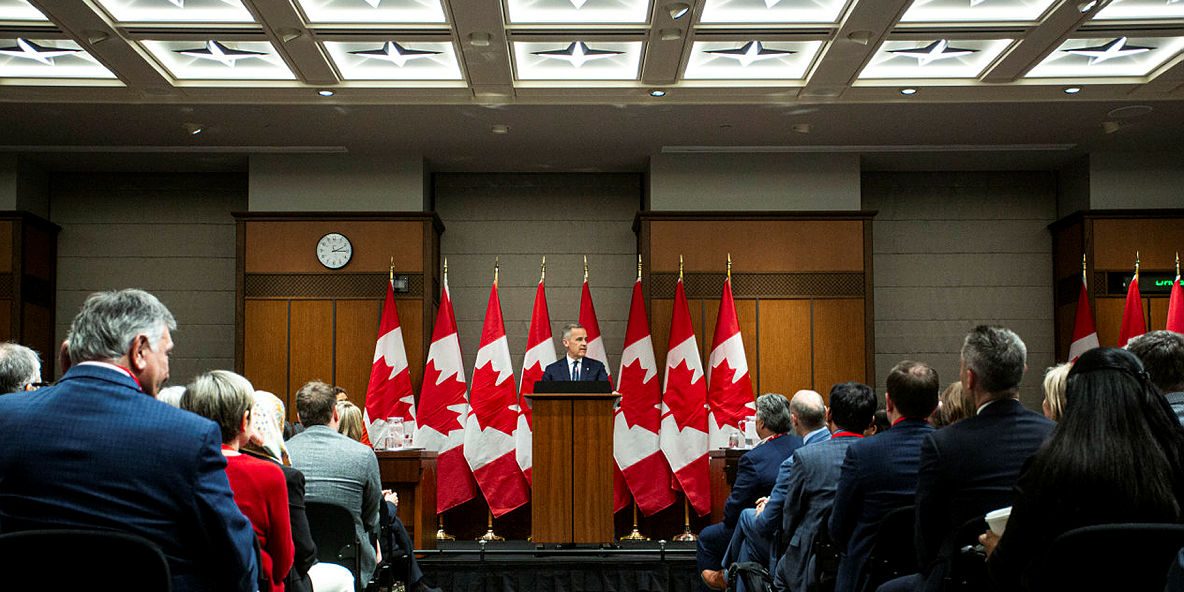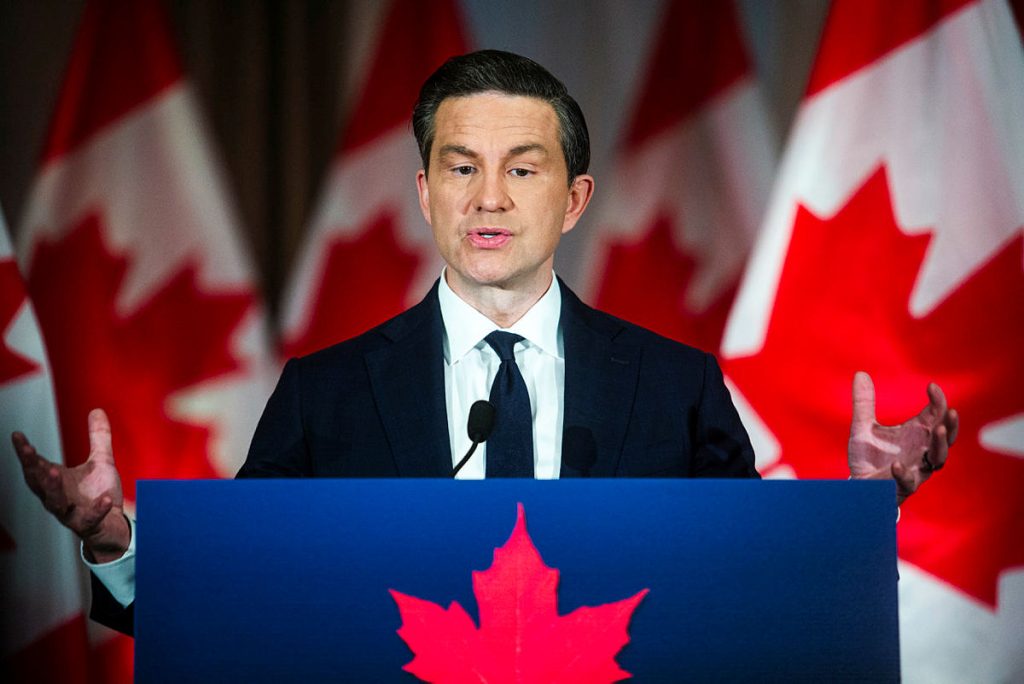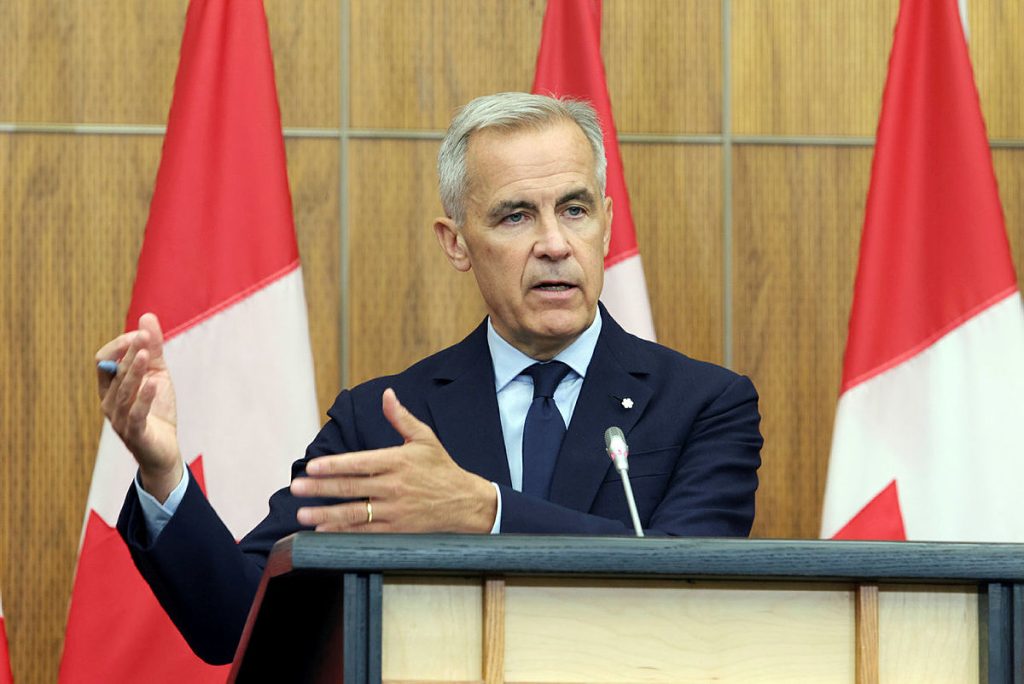High-stakes fall sitting ‘first real test’ for Carney and cabinet who have ‘zero latitude for error,’ say Liberal MPs, political players

With Pierre Poilievre returning to the House as official opposition leader and challenging Mark Carney and the government for the first time since the last election, the fall sitting of Parliament will mark the first real test for prime minister and his cabinet, say some Liberal MPs and political players.
“Carney still hasn’t defined himself in the House of Commons,” said one Liberal MP who spoke to The Hill Times on a not-for-attribution basis in order to speak their mind.
“His style, it’s going to be interesting, because he’s probably getting used to leadership without that form of accountability. So it’s going to be interesting to see how he reacts because he’s going to have to be put through the grinder, and he’s going against a very seasoned politician.”
Since the House adjourned in December 2024, this marks the first full sitting with Conservative Leader Pierre Poilievre (Battle River-Crowfoot, Alta.) present in the House. Before this, the House met for only four weeks in late May and June after the spring election in which Poilievre unexpectedly lost his long-held Ottawa-area seat of Carleton, Ont., and subsequently contested a byelection in a safe Conservative riding in Alberta, which he won handily this summer.
Poilievre and his front bench are known for their combative and prosecutorial style in the House. It remains to be seen how Carney and his cabinet will handle Poilievre and the top Conservatives in the House starting this week.
Liberal MPs interviewed for this article said that all caucus members are pleased their party secured a fourth straight mandate—an impressive feat for any political party.

They pointed out that until early this year, the Liberals were trailing the Conservatives by more than 20 points. But the race shifted dramatically after then-prime minister Justin Trudeau announced he would not lead his party in the next election, triggering a leadership race. Carney’s entry in the race proved to be perfectly timed, as many Canadians saw the former central banker as best equipped to handle the unpredictability of United States President Donald Trump and his tariff threats.
Carney, a veteran finance official who once headed two central banks, was seen by many Canadians as the right person for the job. But so far, Carney has struggled to make any real progress on the American tariff issue. With the Canadian economy already under strain, there are growing fears that this country could be headed toward a recession.
According to Statistics Canada’s August numbers, the unemployment rate rose to 7.1 per cent, and the economy has shed 66,000 jobs. This is the highest unemployment rate since 2016. In July, Canada lost 41,000 jobs. The federal public service has ballooned by 40 per cent since 2015, and according to government announcements, up to 15 per cent in federal spending could be cut in the next three years. Finance Minister François-Philippe Champagne (Saint-Maurice-Champlain, Que.) is set to table his first budget next month, and it remains uncertain whether the Liberals can meet Canadians’ high expectations.
Meanwhile, the MP predicted that law and order, the worsening economy, and Middle East tensions would dominate the House’s fall agenda that will test how the Liberal front bench manages these challenges. The MP said that the average age of a minority government in Canada is about 19 months, and, based on that number, the Liberals have already completed one-fifth of their new mandate. The MP said they hoped the government would serve its full four-year mandate, but admitted it’s more realistic to assume it would last between 19 to 24 months. They argued that to get its legislation through the House, the government would likely depend on NDP support. But with the governing party shifting to the right, the left-of-centre space is wide open for the NDP to grab.
Without a recognized party status, the New Democrats lack seats on committees and millions of dollars in research funding, and a rise in the polls could push them to bring down the government. The Bloc Québécois is also eager to gain more seats in Quebec. If the government’s public support falls, both the NDP and the Bloc would see the perfect opportunity to topple it.
The current 343-member House includes 169 Liberals, 144 Conservatives, 22 Bloc Québécois MPs, seven New Democrat MPs, and one Green MP. With 172 seats needed for a majority, the Liberals are short by three. The threshold for a recognized party status in the House is 12 seats.
The MP said that the NDP lost its official party status in the last election after left-of-centre voters, wary of Trump, shifted to the Liberals. They added, however, that this factor is unlikely to be as influential in the next election.
“This is not a four-year mandate. Canadians are going through a lot,” said the MP. “Even if the NDP ran today, they probably would pick up more seats than they have right now. If I were the NDP, the only thing I’d be thinking of is [recognized] party status.”
A second MP interviewed for this article said that, based on what they heard at last week’s national summer caucus retreat, the government has a solid plan to create jobs and fix the economy, but cautioned that sometimes unexpected events can derail even the best strategies.
“They have a plan of what they want to do, how to create jobs, and I hope it translates into that,” the second MP said.
“Sometimes the intention and the impact might be different.”
All Liberal MPs interviewed for this article said that in their opinion, Carney is the best leader to lead the party and the country in these uncertain economic times.
“[Liberal] MPs are happy with the leadership,” said a third MP. “People are ready to get back into the session of Parliament, and ready to attend to the work of the House.”
Nik Nanos, chief data scientist and founder of Nanos Research, said that Canadians have very high expectations for Carney’s first budget, and it remains to be seen if the current government can meet those expectations.
“For Mark Carney, this will be his real first test, especially since the budget is coming up, and the stakes are higher for Mark Carney in a budget than for other prime ministers because he is a former central banker [and] he’s a former senior civil servant in the Department of Finance,” said Nanos.
“There’s like zero latitude for a mistake or an error in the budget because the expectations that Canadians have of him, because of his professional background, are actually exceptionally high.”
Nanos said that a significant portion of Carney’s cabinet is made up of rookies, and even if the prime minister himself doesn’t make a mistake, a misstep could easily come from one of his ministers. He said that it’s crucial for both the cabinet and the prime minister to avoid missteps.
Nanos added that while people usually pay little attention to politics between elections, these are not ordinary times. With economic uncertainty, potential job losses, and the country’s future on the line, Canadians are now watching closely.

“Those new cabinet ministers will be under the scrutiny of Pierre Poilievre and the Conservatives,” said Nanos.
“And, love or hate Pierre Poilievre and the Conservatives, they are among the most effective opposition front bench that we have seen in a very long time. And so expect Poilievre to kind of look for weaknesses in the Liberal cabinet, and to try to exploit that.”
Nanos said that Canadians are laser-focused on core economic issues: Trump’s tariffs, the cost of living, jobs, and inflation. He said that the fall sitting of Parliament will be Carney’s ‘biggest trial’ since the election, adding that Carney’s first test was winning the election. The real question now, he said, is whether Carney can deliver on the promises he made during the campaign.
Nanos said that consumer confidence is flat as Canadians remain uncertain about their future in the current uncertain economic climate. The unpredictability of Trump’s tariff announcements, he added, makes it even harder for the Finance department to forecast the economy. He compared the current economic situation to the COVID-19 pandemic when the government pledged massive spending to support Canadians and businesses, but the outcome of that spending was unclear.
“Take out the health threat, and you basically are in a similar situation with the government actually responding very similarly in many respects, to how the federal government responded to the pandemic, where they knew that there was disruption, and they knew that Canadian businesses needed help,” said Nanos.
“In this particular case, not only are there Canadian businesses and sectors that might suffer directly as a result of what Donald Trump might say, or do, there’s a long-term imperative to remake the Canadian economy to be more resilient and diversified.”
Nanos said that Carney is not a traditional politician, but with his background in finance, Canadians trust him to manage the trade relationship with the United States. Still, they are waiting to see what he can deliver, he said.
arana@hilltimes.com
The Hill Times






 LICENSING
LICENSING PODCAST
PODCAST ALERTS
ALERTS













